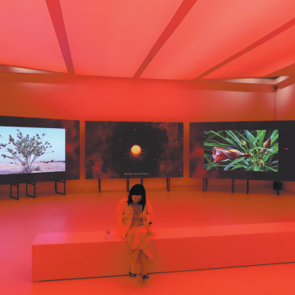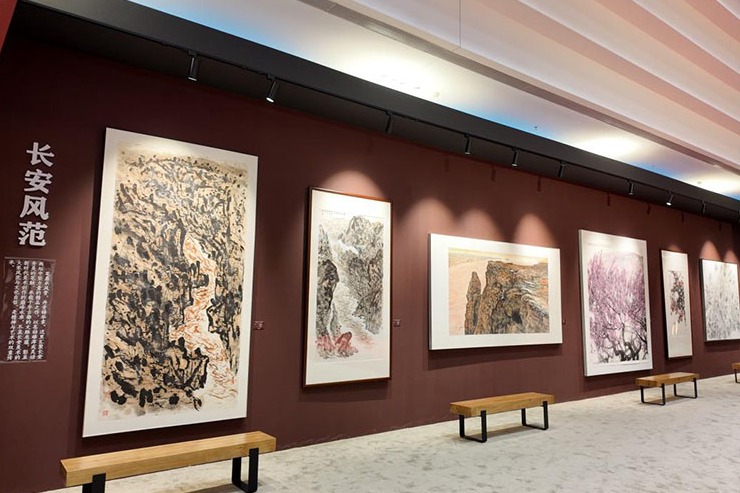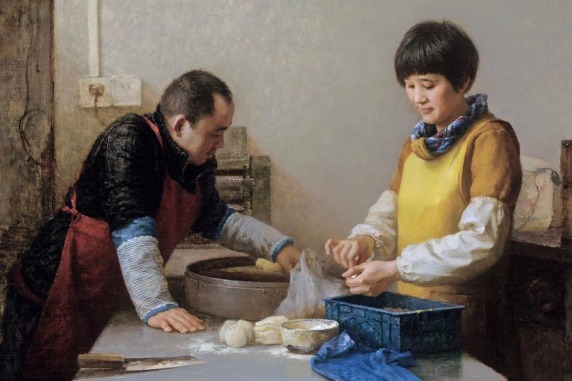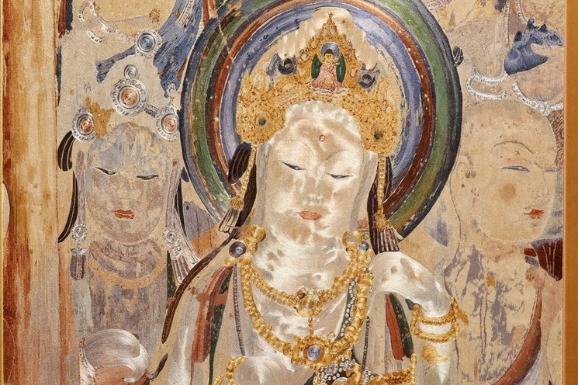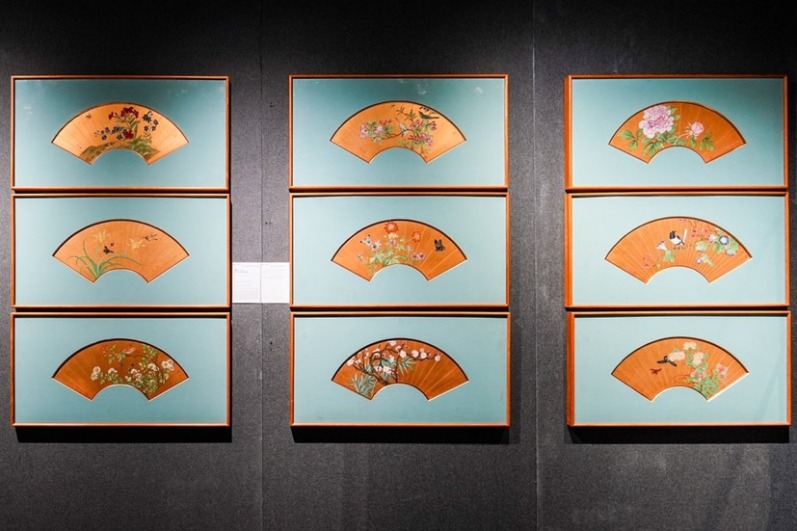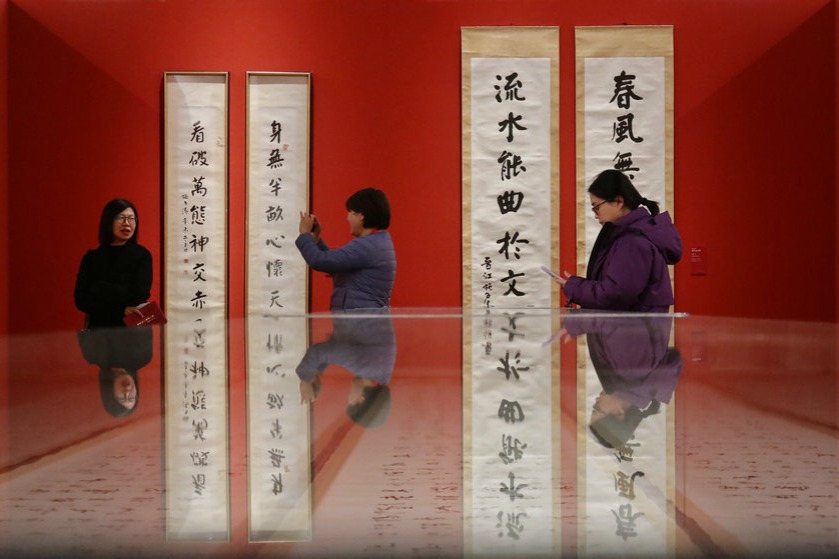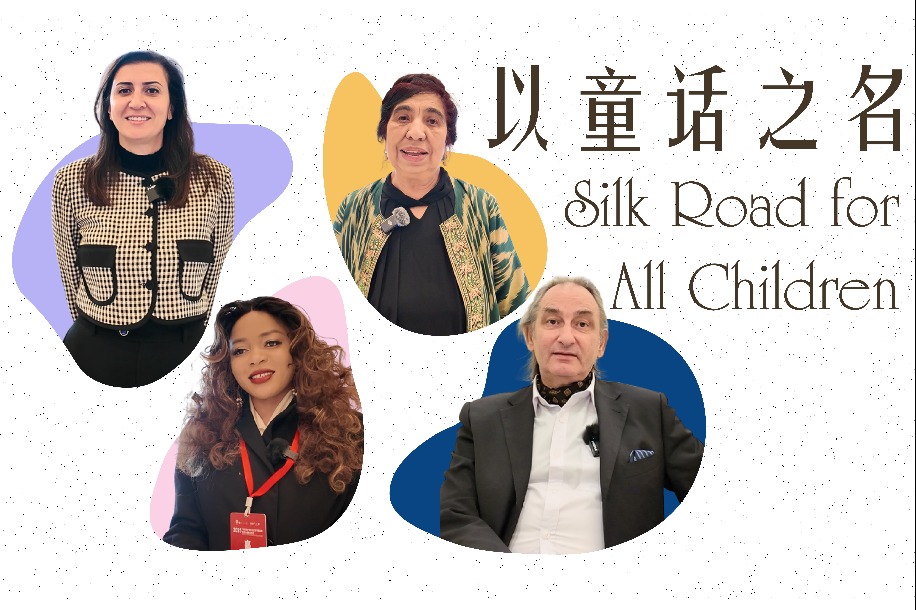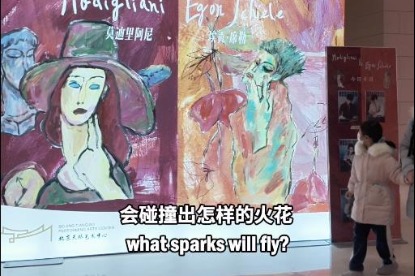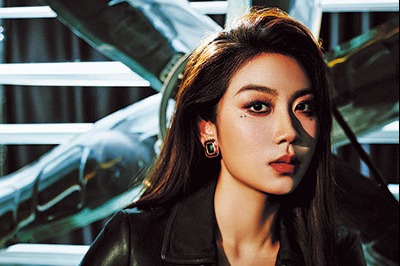Romancing the enigmatic desert
Beijing exhibition spotlights artists from Saudi Arabia, showcasing their style of calligraphy with paintings, photographs, installations and videos, Lin Qi reports.


Diana Wechsler, an art critic and the exhibition's curator, told China Daily that the central question the exhibition would like to answer is how to show a culture through contemporary art. The second part of the exhibition's title, Poetic Illuminations, she explains, refers to art's ability to "symbolically illuminate aspects of the world and realities we inhabit".
"I worked a lot, visiting artists and studios, and trying to go deeper into the culture of Saudi Arabia," she says, "and to offer (it) to a diverse audience across the world."
She says there are two main narratives — the desert and how to reinvent tradition, which are presented in different ways and approaches. These threads appear in diverse forms, with works by at least three generations of artists dating back to the 1960s, spanning disciplines from painting to street art.
The exhibition, she notes, opens a window into "the diversity of expression and multiple realities" that make up Saudi Arabia's contemporary culture.
Among the highlights are works by Ahmed Mater, who explores how tradition can be repositioned in modern contexts. His Illumination VII and VIII, a pair of light installations, integrate the opening pages and patterns of traditional Arabian manuscripts with X-ray images of human torsos. Trained in medicine before turning to art, Mater often interlaces science and spirituality.
Ahmed Mater: Antenna, an exhibition charting his artistic evolution, opened in March at the UCCA Edge in Shanghai and ran through to June. It showed Mater's creations in wide-ranging mediums and topics including the photographic Desert of Pharan series.


